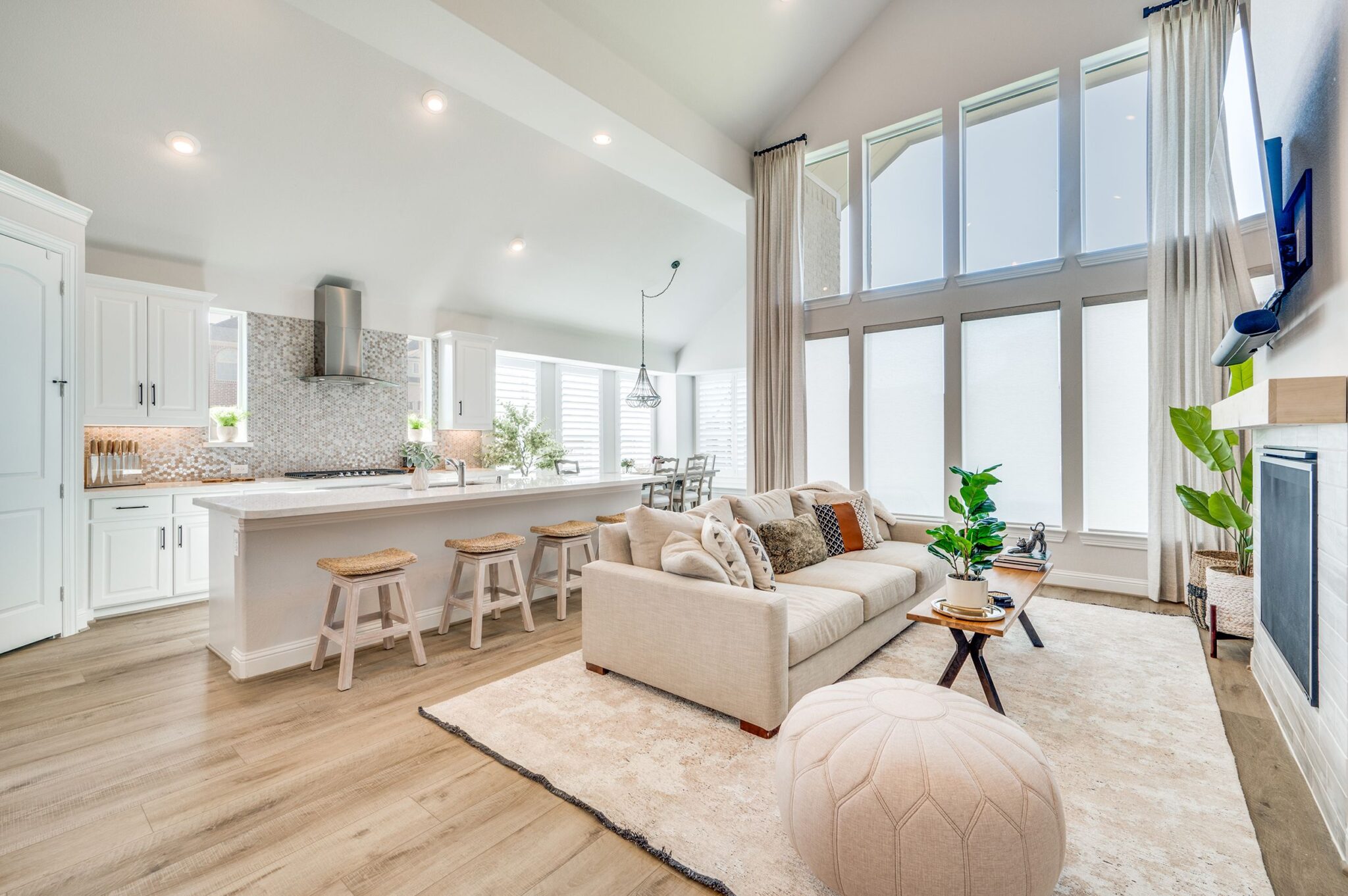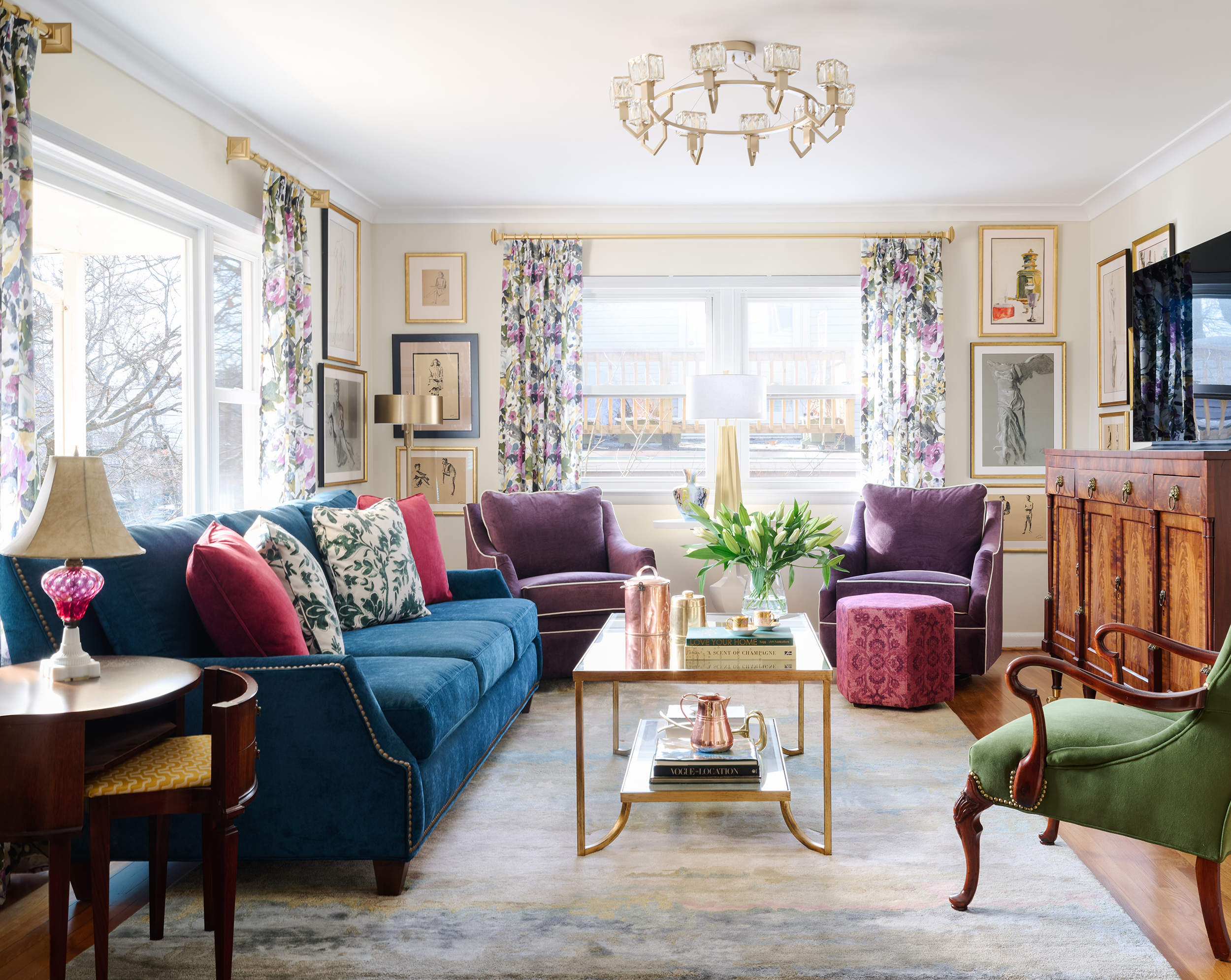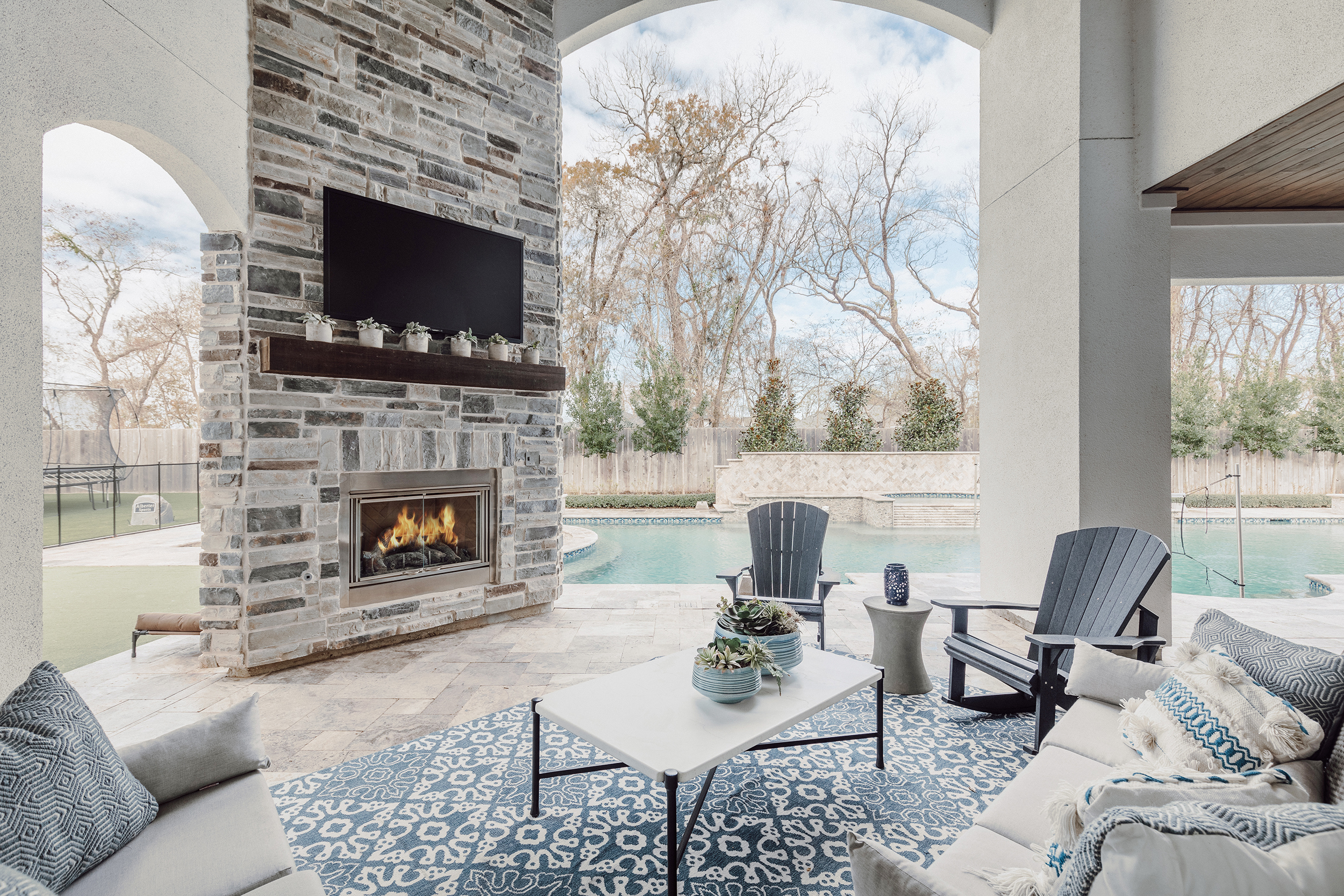Sustainable Interior Design – Why it’s Essential
Without a doubt, there are so many interesting ways you can design and decorate your home. In our modern society, it’s a chance to showcase your personality and unique aesthetics. But, there’s an opportunity beyond that, an opportunity to help protect the environment. How? Through sustainable (eco friendly) interior design.
With this in mind, there are design and architectural principles you can use in your home to create an attractive and pleasant environment that also benefits the planet.
Sustainable interior design is the perfect way to update your home. From faucets and light fixtures to windows and walls, you can make your home gorgeous and green.
Sustainable Interior Design – What is it?
According to the U.S. General Services Administration, the basic objectives of sustainability are to reduce consumption of non-renewable resources, minimize waste, and create healthy, productive environments.
Essentially, this environmentally conscious discipline of architecture and design focuses on using materials and construction methods that lessen a building’s impact on the environment. Sustainable interior design and architecture are especially centered on improving the health and wellbeing of the people who live, work, or play in a green building through eco-friendly design.
Although sustainable design and green design appear synonymous, they are not entirely the same. Green design is all about the present and near-term effects of design. By contrast, sustainable design is all about the long-term consequences. Sustainability is focused on minimizing negative impact on the environment for the years and decades to come.
The Importance of Sustainable Design
We all know that sustainable practices are critical to the planet. When we choose to use public transportation or buy non-toxic cleaning products we are helping to reduce our impact on the environment. In the same way, we can utilize sustainable interior design in our homes. When we choose to do so, we keep the environment and ourselves healthy.
The Environment’s Health
Preserving our natural habitat by reducing our carbon footprint is the first way we can help. This means taking steps to minimize the greenhouse gases we produce. These gases trap heat in the atmosphere and increase temperatures across the world. Keeping the global climate stable is essential for preventing natural disasters and allowing us to grow the nutritious food we all need to survive.
Additionally, so much of our garbage ends up in the wilderness and the oceans. Sooner or later this garbage damages natural resources and negatively impacts wildlife. In time, sustainable design helps to reduce waste and reduces pollution.
Our Health
Sustainable design keeps us healthy, too. The right materials prevent dangerous toxins and dust particles from floating around which improves indoor air quality. Allowing as much natural light as possible into our homes will reduce stress and improve our mood and productivity.
How to: Interior Design with Sustainability in Mind
So, how do you go about actually implementing eco friendly interior design? We suggest using the “five R’s of sustainability,” as a guide:
- Refuse: Say “no” to environmentally unfriendly products. Look for recyclable and ethically produced products.
- Reduce: Use the minimum amount of required materials and resources to minimize your impact on the environment.
- Reuse: Avoid single-use products (especially plastics) by using metal or wood alternatives wherever possible.
- Recycle: Make an effort to dispose of your trash responsibly using recycling bins.
- Repurpose: Utilize your purchases in different ways once they’ve served their original purpose.
The following concepts underpin the pillars of sustainable interior design:
Energy Efficiency
Did you know that most of the world’s electricity is still generated by burning coal? Energy is one of the biggest contributors to climate change. Because of this, aim to reduce energy consumption.
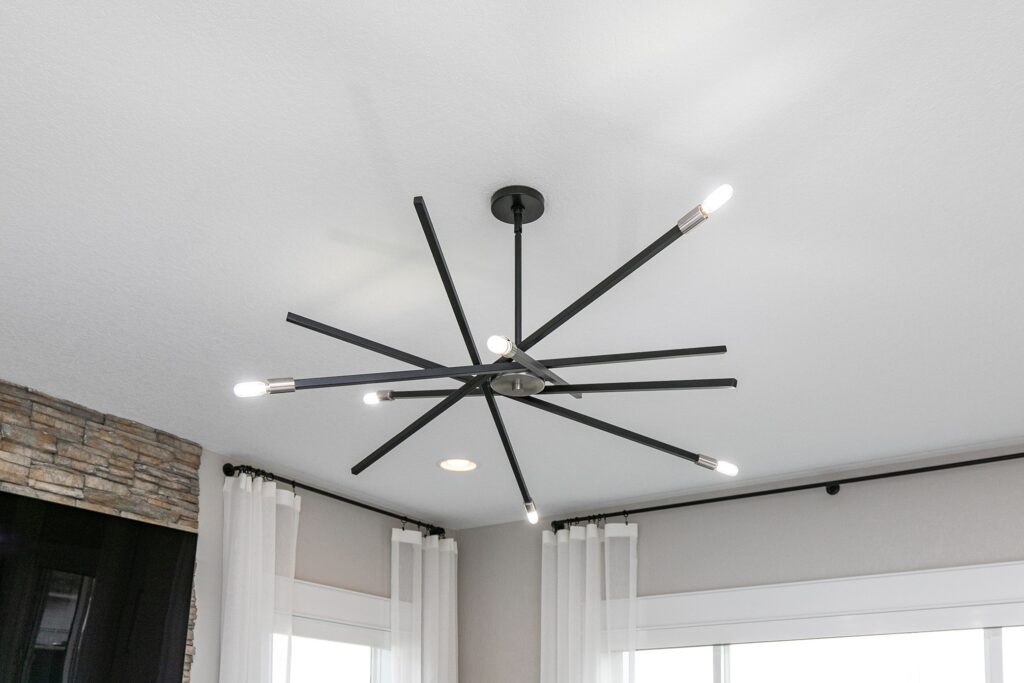 Using energy conserving lighting is a key pillar of sustainable design.
Using energy conserving lighting is a key pillar of sustainable design.
Waste Reduction
Natural resources are limited, so we need to make a little go a long way. Try to use the least amount of materials to insulate, build, and decorate a home.
Maximized Space
In most cases, making the most of the space you have by consciously and cleverly choosing materials will result in energy efficiency and waste reduction.
Water Conservation
Our planet is 70% covered by water, yet less than 2% of it is safe to consume. Sustainable design works to decrease the amount of water we use to preserve this resource.
Healthy Environment
Sustainable design promotes healthy living by making smart choices about temperature regulation, ventilation, and products.
Longevity
Because durable, high-quality materials last longer, you will need to toss out old items and buy new ones less frequently.
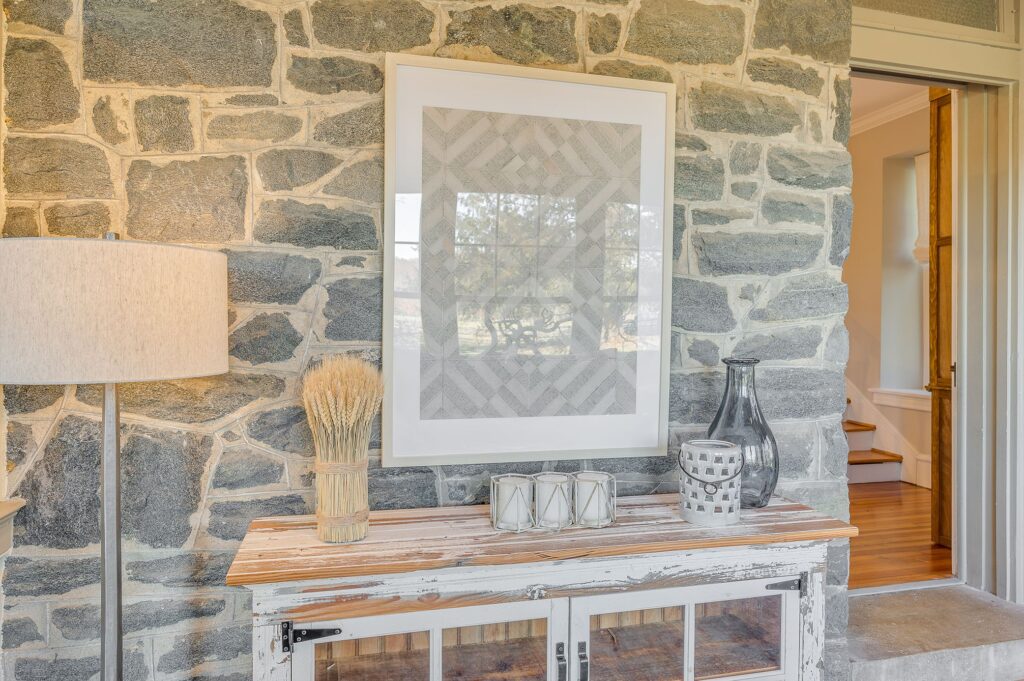 Natural stone is minimally harmful to the environment and can last centuries.
Natural stone is minimally harmful to the environment and can last centuries.
Eco Friendly Materials and Products
Picking materials and products that are recycled or recyclable and have a low environmental impact is the easiest way to achieve sustainability when designing your interior.
Sustainable Design Examples
Now that you’re familiar with why sustainability is crucial, how can you apply this principle in your own home? Here are a few tips and tricks:
To Make Your Home More Energy Efficient
- Maximize the amount of natural light in your home (bonus – you’ll feel better too!).
- Opt for LED and halogen bulbs when you do need electricity to light a room.
- Utilize renewable energy like solar power when possible.
- Paint your walls light colors to help decrease the need for artificial lighting.
- Use lined draperies, energy-efficient shades and blinds, and carpets to improve insulation and thermal comfort, reducing the amount of energy needed to heat and cool your home.
- Arrange furniture to improve air circulation, being careful not to block air vents.
- Install smart thermostats to manage room temperatures.
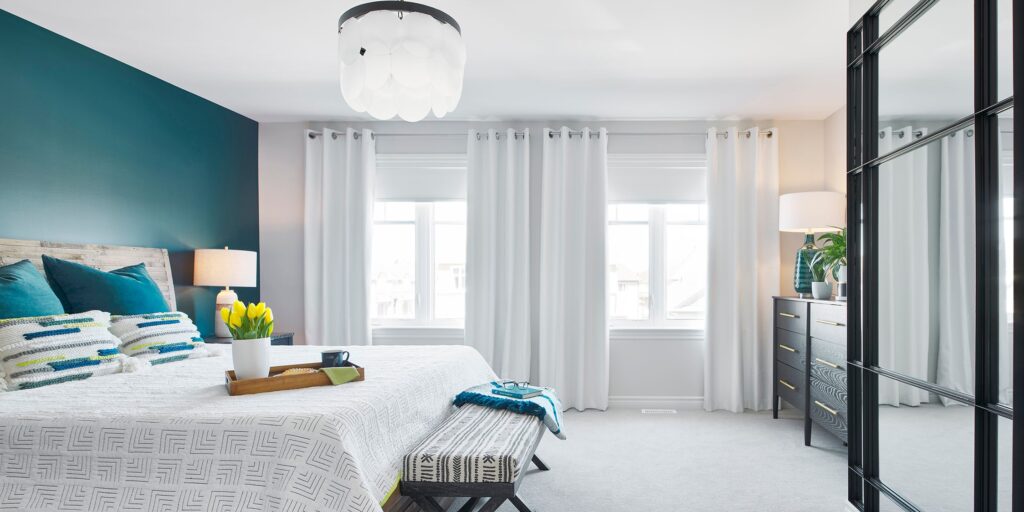 Utilize as much natural light as possible to reduce the need for electricity.
Utilize as much natural light as possible to reduce the need for electricity.
Reduce Waste
- Choose textiles, furniture, and other decorative items made from recycled materials or that can be recycled when they’ve reached the end of their lifespan.
- Pick products made from materials that are good for the environment, such as responsibly produced or sourced wood, sustainably made natural fabrics, low VOC (volatile organic compounds) paint, recycled plastic, recycled steel, recycled glass, hemp, cork, straw, felt, jute, and natural stone.
- Purchase adjustable and modular pieces that can be reassembled and easily moved.
- Install water-conserving toilets and taps.
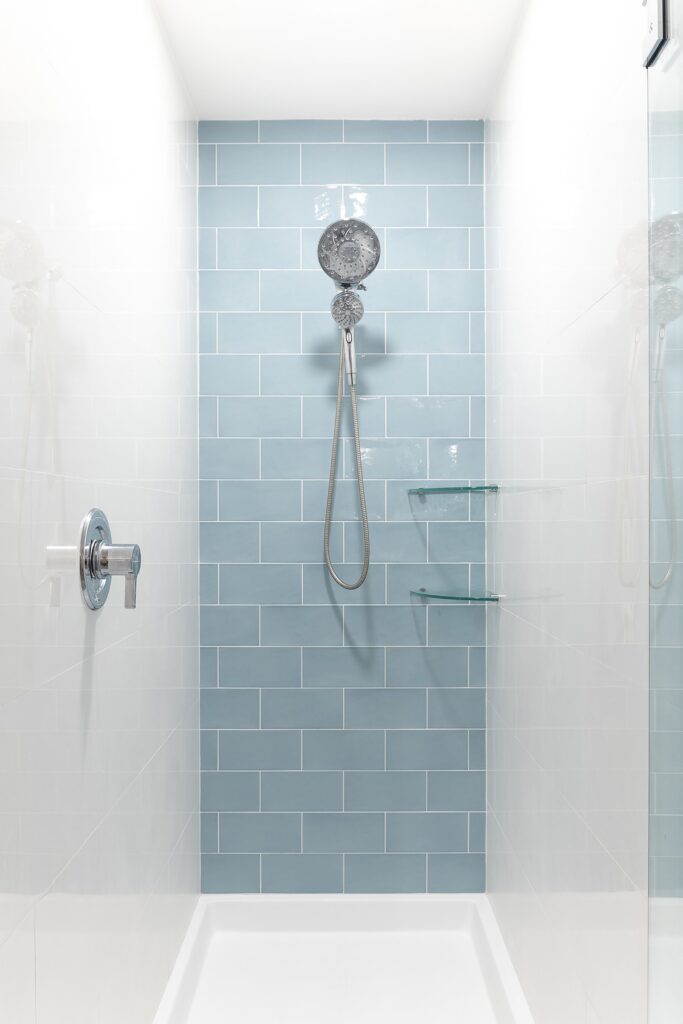 In order to conserve water, consider environmentally friendly fittings such as taps and shower heads.
In order to conserve water, consider environmentally friendly fittings such as taps and shower heads.
Buy Responsibly
- Select wooden pieces made from bamboo or that have an FSC label on them.
- Look for locally produced products to reduce long-distance shipping.
- Shop antique and secondhand stores. Rare and charming finds await and you know they’ll last a long time.
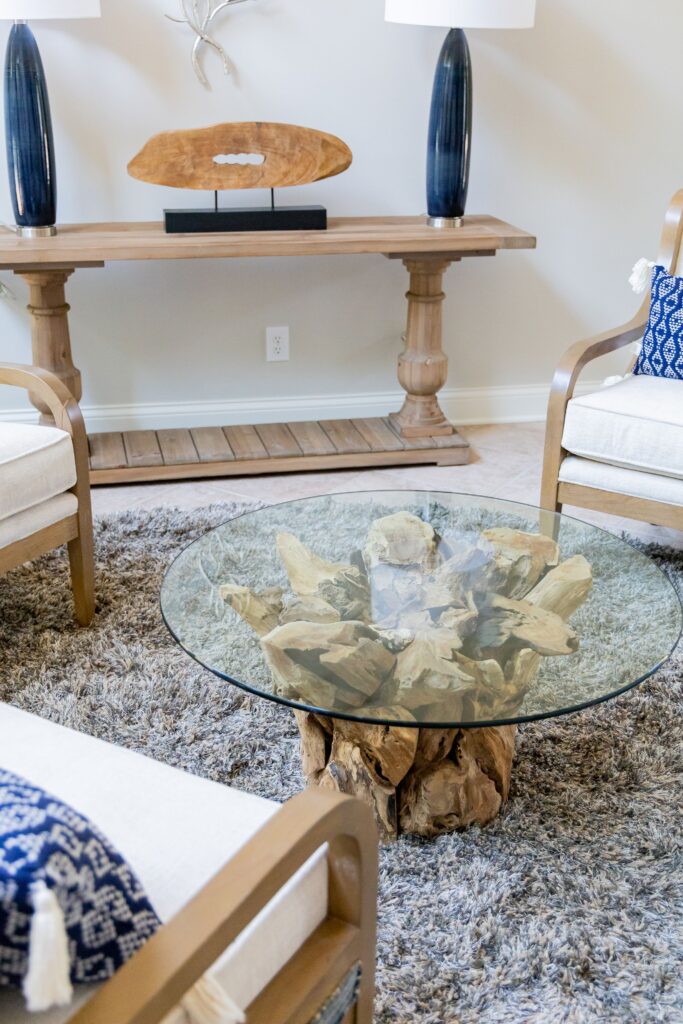 This driftwood table is a great example of using responsibly sourced wood.
This driftwood table is a great example of using responsibly sourced wood.
With a little care and consideration you can make your home more environmentally sustainable. If you’d like to make your home more eco friendly but aren’t sure where to start, we’re here to help.
Ready to go green? Talk to our team today, to get started.-

